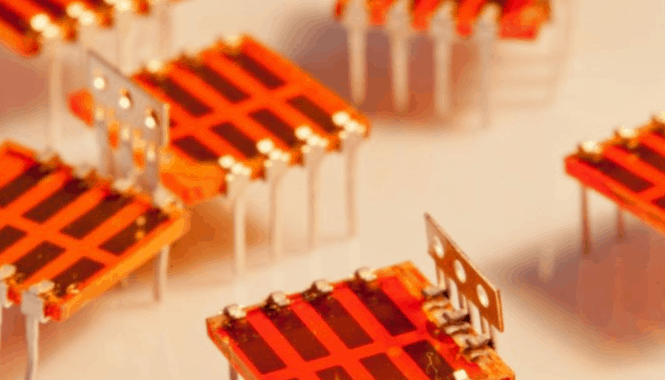Scientia Professor Martin Green, the inventor of PERC solar cells also known as the ‘father of photovoltaics’, has been awarded the Global Energy Prize for his research; the first Australian to win the prestigious award.
Scientia Professor Martin Green | The ‘father of photovoltaics’
Scientia Professor Martin Green is also known as the ‘father of photovoltaics’. In 2014 he was the head of the team who were able to crack the 40% barrier for energy efficiency conversion, and we wrote last year about his victory to win the prestigious Global Energy Prize worth more than $820,000. According to the UNSW website, his research group is the largest and best-known university-based photovoltaic research group in the world.
As the inventor of the PERC solar cells, (Passivated Emitter and Rear Cell) Professor Green has a very impressive pedigree with regards to his solar research and knowledge. His official title is Director of the Australian Centre for Advanced Photovoltaics at UNSW – and he focused on inventing the widely used PERC solar cells.
“The PERC cells pioneered by UNSW now reflect 50% of world production. During that time, we’ve seen solar move from expensive energy to inexpensive energy. Our work on PERC has driven that.” Professor Green said.
A report on the UNSW website notes the large amount of PERC solar cells being sold is increasing year-on-year, and gave us some statistics on the future of these cells:
“PERC solar cells are now becoming a commercial standard throughout the world, with sales exceeding US$10 billion in 2017 and predicted to exceed US$1 trillion by 2040. Their use is predicted to save at least $750 million in power production costs in Australia alone over the next decade.” the article states.
UNSW and solar power have been synonymous over the past few years as they roll out such as a $29.2m grant for solar cell research,
Professor Green will be speaking at the Research Excellence Summit: Asia-Pacific at UNSW Sydney on 19-21 February.




